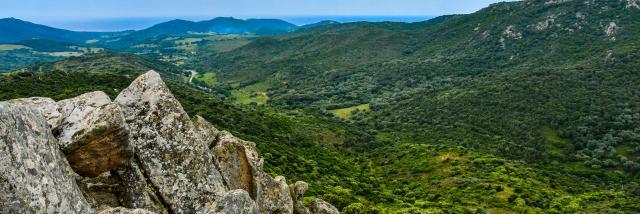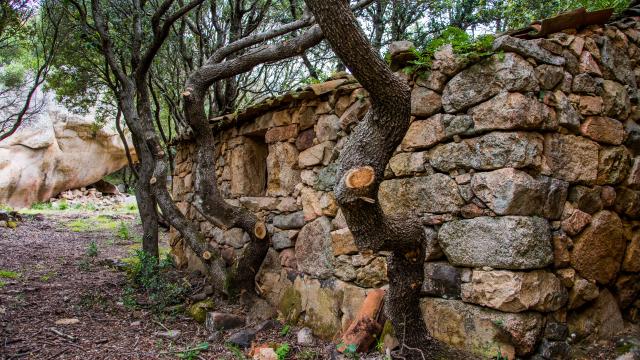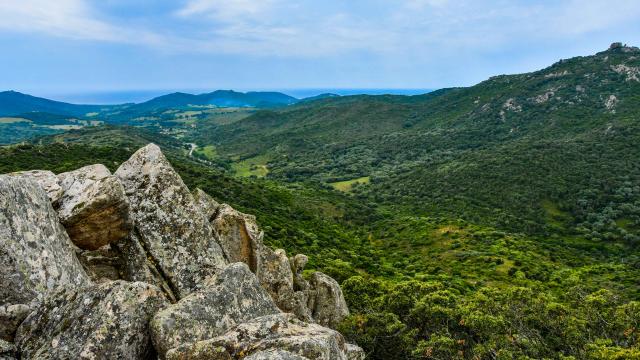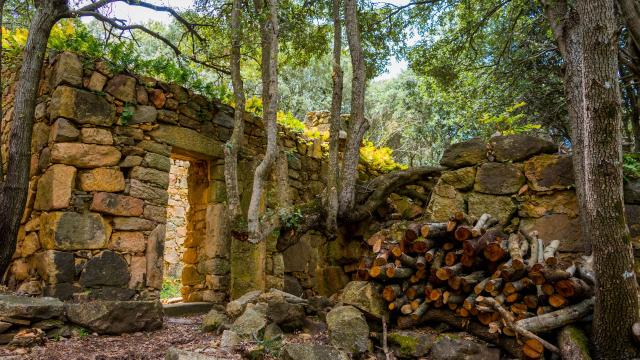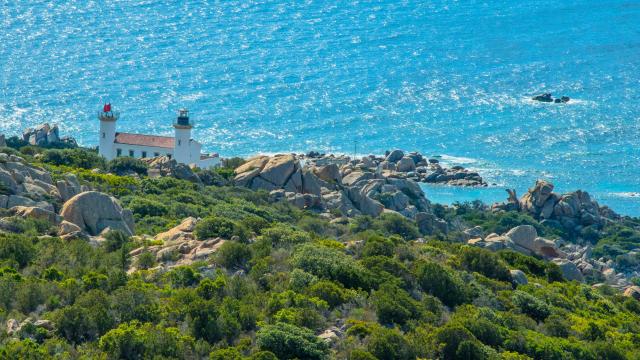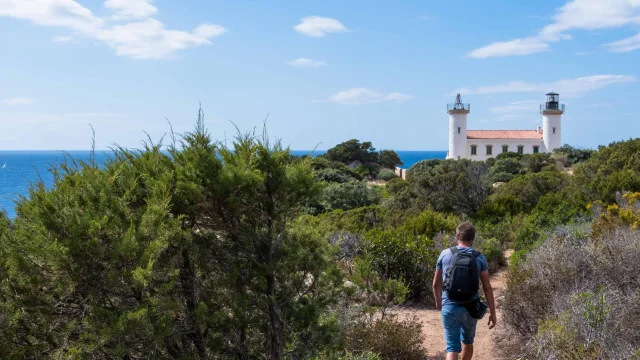On the road to Tizzano, this short walk will take you directly to the site of Ariddavu where you can contemplate the ruins of an entire village dating back to the 19th century, you’ll see houses, ovens and much more. Here you’ll take a walk through history
🌿As you go along, you’ll enjoy a fragrant stroll in the heart of a wilderness where the maquis is dense. 🌿 It climbs gently, forming multiple bends and crossing a small shady forest of garrigue oaks (or kermes oaks).
🥾 30-minute walk
You’ll reach a beautiful stone wall, along which a paved path runs. The first house in the village is just beyond. An information panel tells you the story of the abandoned village.
The return journey takes the same path.
Find all the information on the local authority’s website: https://www.rando-patrimoine.corsica/Ariddavu_a297.html?preview=1
The tourist office cannot be held responsible for any accidents occurring on this hike.
- Practical information
↔️ Distance: 2km round trip
🕙 Estimated time: 1h round trip
Difficulty: Easy 🟢🟢🟢🟢🟢
Tagging color: 🟨 yellow
Highest point: 272 m
- Access
🏴 From Sartène, take the T40 towards Bonifacio. After just over 1.5 km, turn right onto the D48 towards Bocca Albitrina and Tizzano, and follow this road for 5 km. Park your car on the roadside, in the right-hand bend.
- A little history
The abandoned hamlet of Arìddavu was established on an archaeological site on the site of a prehistoric village, the foundations of which can still be seen.
The landforms around this flat area feature numerous converted rock shelters and remains of Bronze Age fortifications. The current hamlet dates from the 19th century only.
According to oral tradition, it was founded by the Mari family. In 1870, the land register recorded 13 buildings and two bread ovens. The school welcomed over fifty pupils in the early 20th century, mainly the children of shepherds from the surrounding countryside. There was no church or cemetery in Arìddavu.
The deceased were carried on men’s backs on the bara (mortuary board) to Ghjunchetu for burial.
The opening of the road below the village disrupted the ancient routes and created other needs.
Furthermore, there was no nearby spring. Women went to Santu Pultru to fetch water. Arìddavu was gradually deserted at the dawn of the 2nd World War. In 1936, the schoolteacher, then the only inhabitant, left the village for good.


